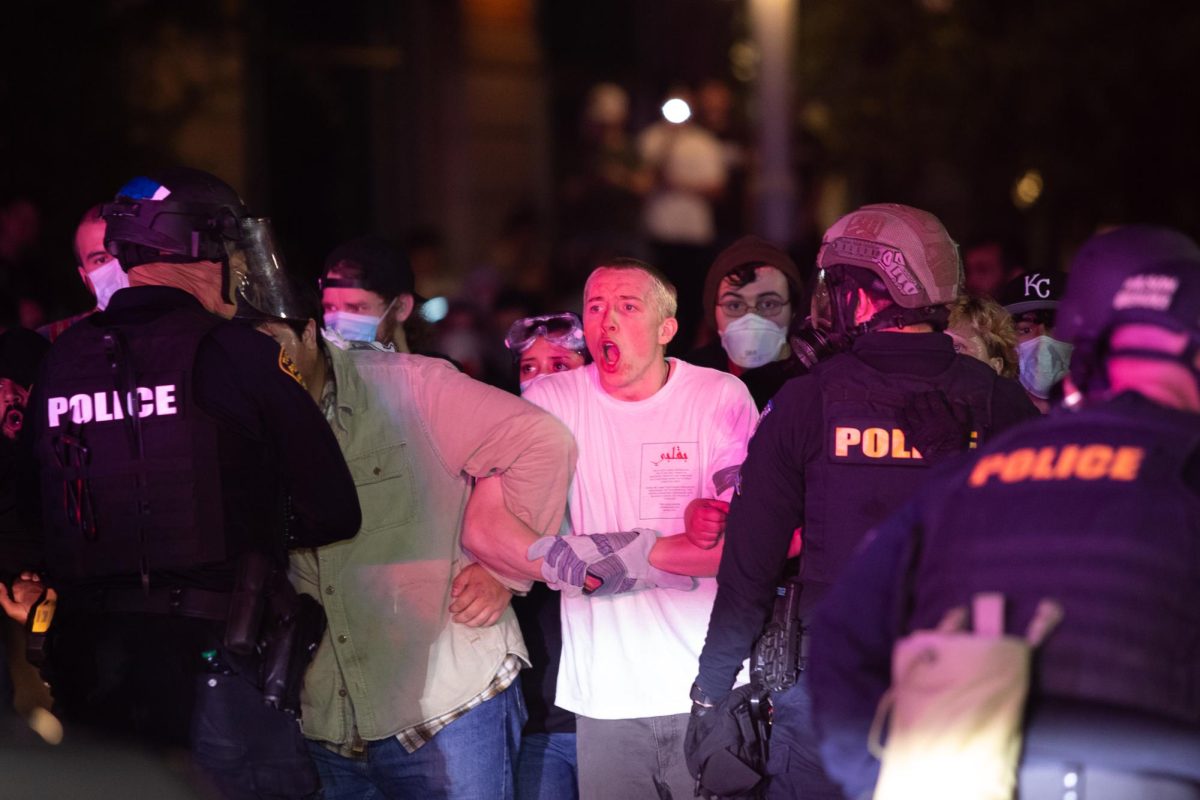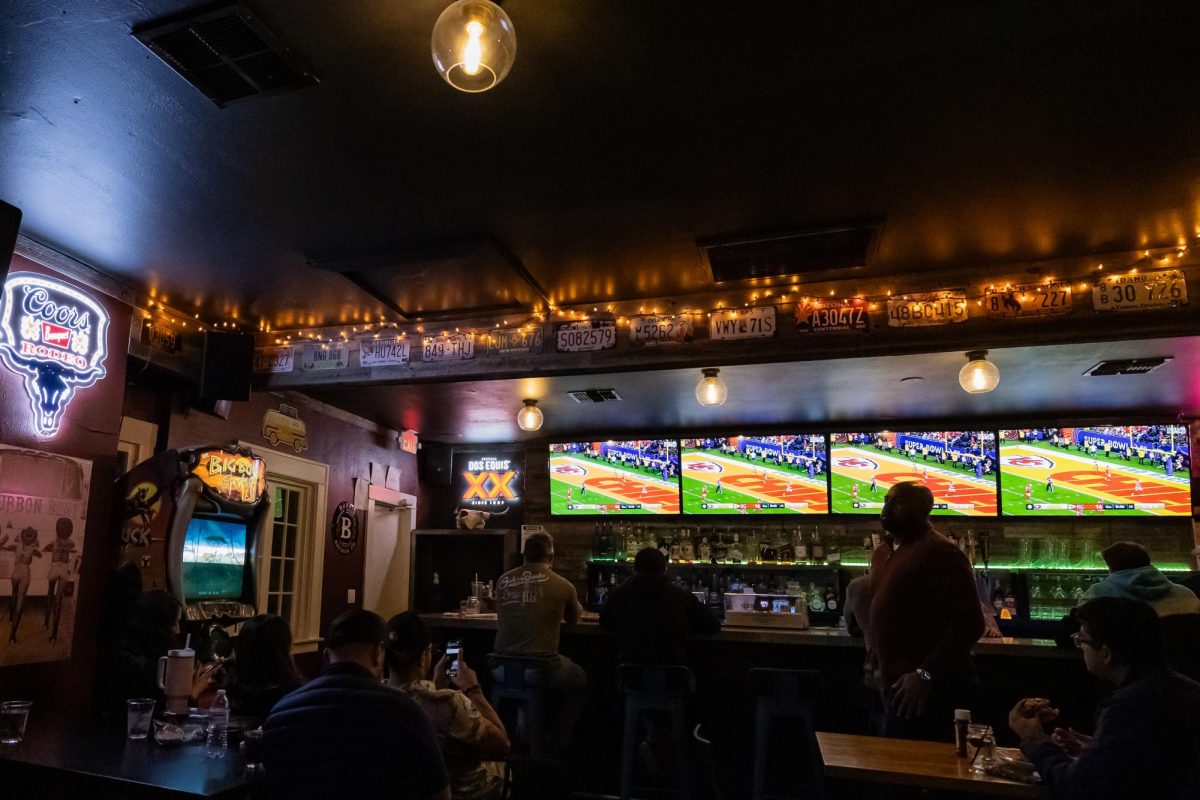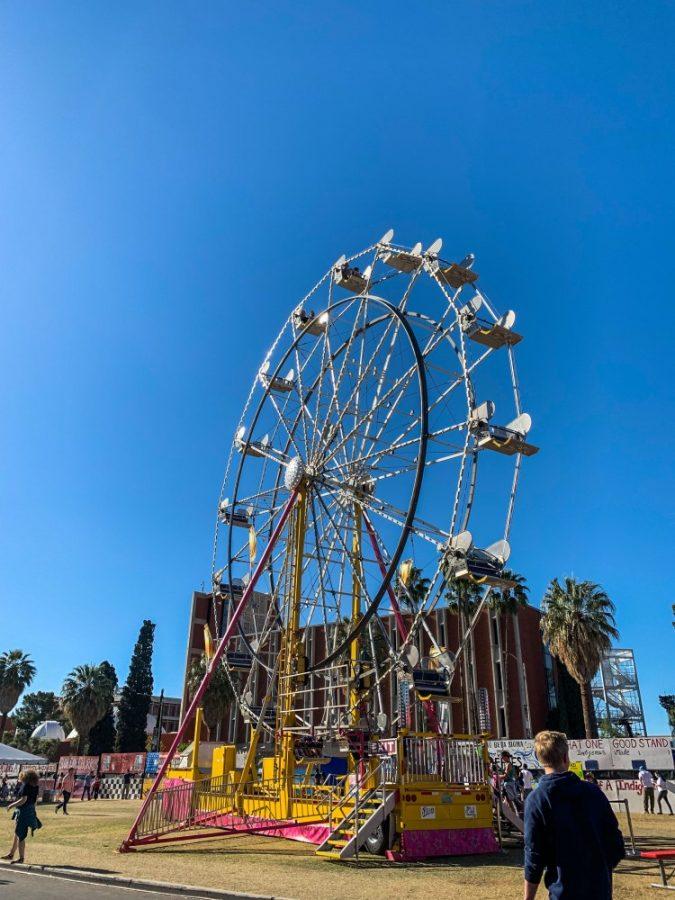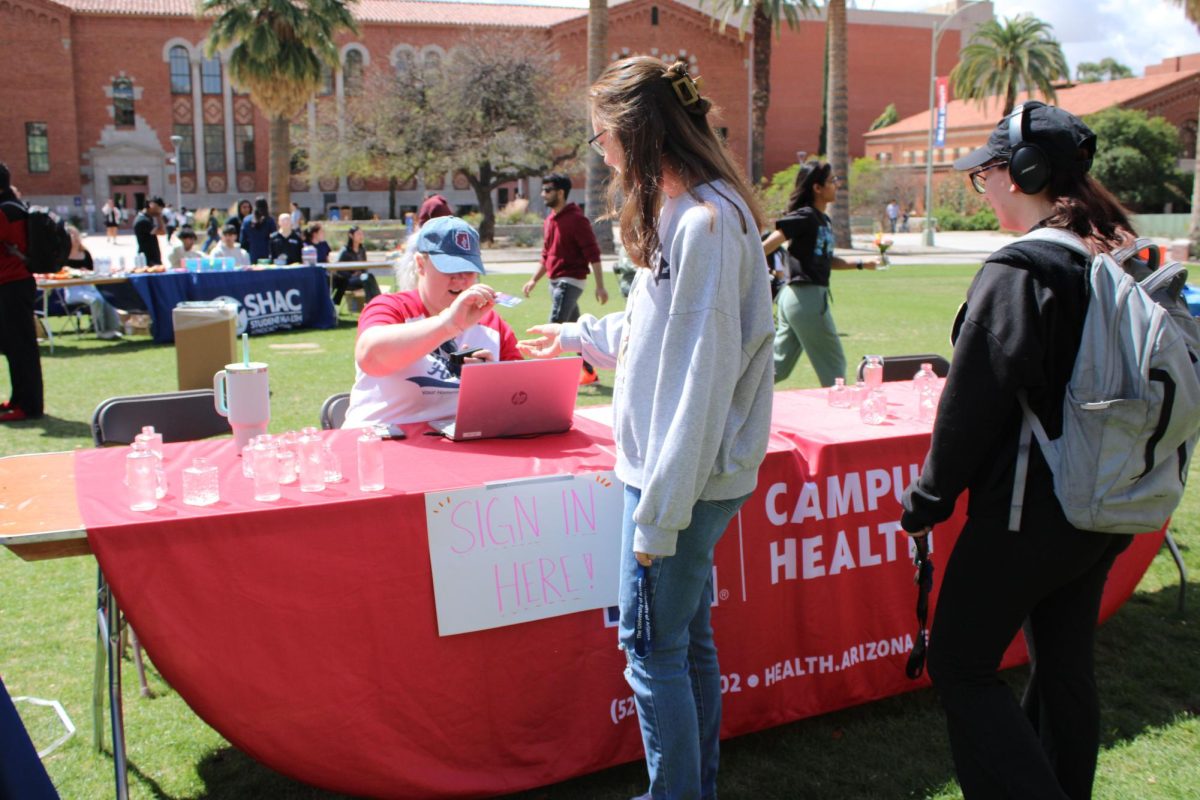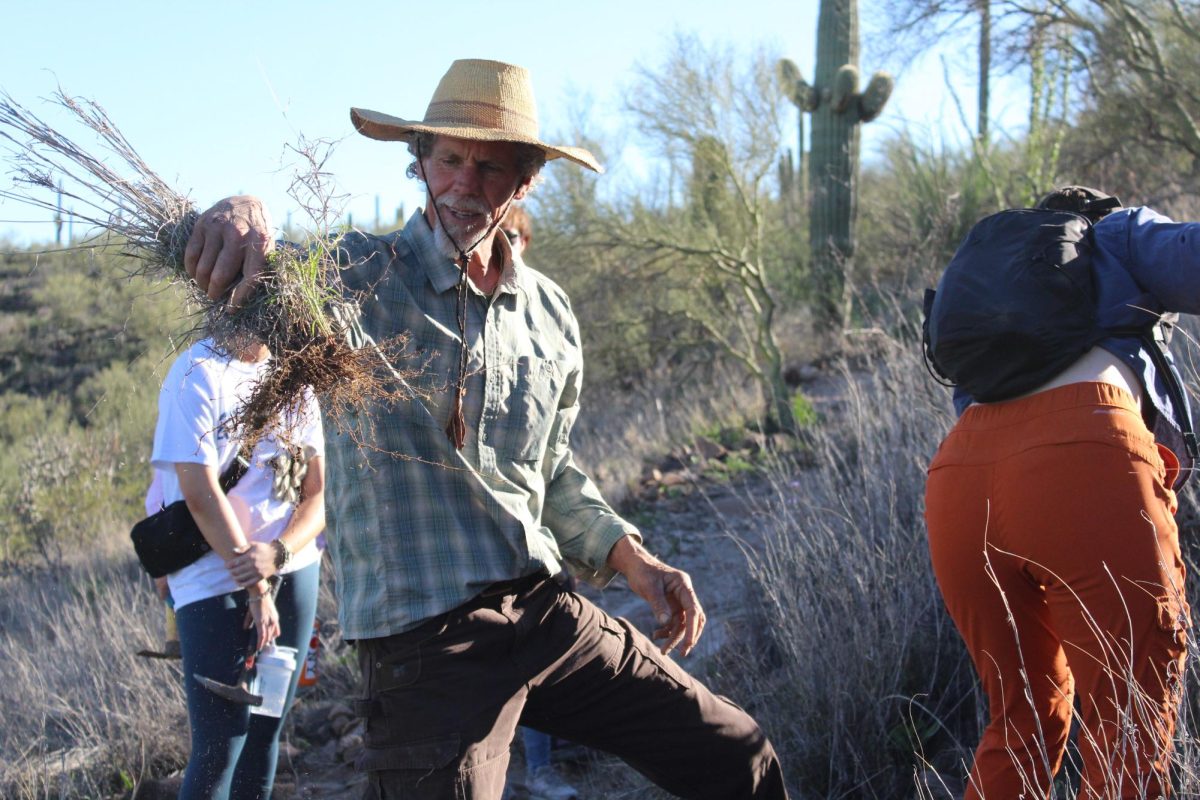Although regular reminders of the 9/11 attacks persist — reports of the latest casualties in Afghanistan, whenever you walk through airport security — terrorism is again a distant concern and the significance of Sept. 11, 2001, has largely faded from American memory.
But we promised to “never forget.” Today, we must remember not only the lives that were lost in the immediate aftermath of the attack, but the thousands of victims who continue to suffer more than a decade later in the form of serious health concerns.
The National Institute for Occupational Safety and Health announced Monday it would add cancer to the list of diseases covered under a federal law that provides financial assistance and health monitoring to Ground Zero workers and emergency responders exposed to toxins both during and after the attacks. But the ruling is just a start, and as we acknowledge the meaning of today, we must also acknowledge that never forgetting is simply not enough to heal lasting wounds.
Dr. John Howard, head of NIOSH and administrator of the World Trade Center Health Program, proposed expanding the list of illnesses covered under the James Zadroga 9/11 Health and Compensation Act in June.
The rule became official Monday, so that the Zadroga Act includes about 50 cancers. The regulations will become effective 30 days after the rule is published in the Federal Register.
Though the additional coverage is a step in the right direction, and offers some comfort to Ground Zero workers and responders, advocates worry the Zadroga law is underfunded and won’t be able to cover long-term treatment and compensation.
When the highjackers flew their planes into the Twin Towers that day, 110 stories of steel, concrete, glass and asbetos collapsed onto the streets of Manhattan and released deadly carcinogens, exacerbated by burning plastics and jet fuel, into the air.
Estimates vary, but at least 20,000 Ground Zero workers are being treated and 40,000 are being monitored nationwide by the World Trade Center Health Program. The overall death toll from 9/11-related illnesses is likely at more than 1,000.
The New York City Fire Department added nine more names last week to the 55 already etched on a wall honoring NYFD members who died of illnesses related to Ground Zero.
“We’re burying guys left and right,” said Nancy Carbone, executive director of Friends of Firefighters, a Brooklyn-based nonprofit, in an interview with Reuters. “This is an ongoing epidemic.”
Meanwhile, public officials have praised Monday’s decision.
“Today’s announcement is a huge step forward that will provide justice and support to so many who are now suffering from cancer and other illnesses,” said New York’s U.S. senators, Charles Schumer and Kirsten Gillibrand, in a statement.
Enacted in January 2011, the Zadroga law allocates $2.8 billion to compensate people with illnesses due to toxin exposure. Another $1.5 billion over five years is set aside to fund the World Trade Center Health Program and treatment, but adding cancer to the list of eligible diseases will not increase funding.
It’s no longer enough to simply remember. To honor 9/11’s victims, first responders and workers of Ground Zero, there must be a greater priority placed on caring for those who are still with us today. The announcement by NIOSH may be a huge step, but it is one in a long journey.
— Editorials are determined by the Arizona Daily Wildcat editorial board and written by one of its members. They are Bethany Barnes, Kristina Bui, Jason Krell and Alex Williams. They can be reached at letters@wildcat.arizona.edu or on Twitter via @WildcatOpinions.



